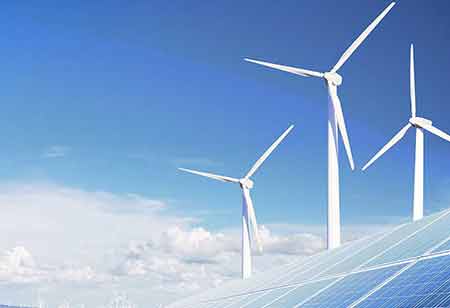Thank you for Subscribing to Energy Business Review Weekly Brief
Significance of Investing in Energy and Sustainability
It is essentially a process in which small molecules in the air and sunlight are converted into

By
Energy Business Review | Saturday, July 30, 2022
Stay ahead of the industry with exclusive feature stories on the top companies, expert insights and the latest news delivered straight to your inbox. Subscribe today.
Energy and sustainability can significantly reduce electricity and energy costs for homes and businesses everywhere as they are easy to access for little or no cost and are far more cost effective than traditional energy sources.
FREMONT, CA: In today's rapidly developing world, renewable energy sources are failing to keep pace with society's growing demands, and continued dependence on fossil fuels will only increase the severity of the effects of climate change in the future. For energy and sustainability, various initiatives are established with a significant new investment in research to address these challenges. It is to produce energy solutions for the betterment of the planet. In addition, we need to translate these solutions into practical applications to benefit society.
Storage and energy diversification
It is essentially a process in which small molecules in the air and sunlight are converted into liquid fuels used for transportation. It is also possible to use electrochemistry to discern strategies for long-term solar power storage by turning carbon dioxide into liquid fuels. In contrast, others examine the catalyst that converts carbon dioxide into liquid fuels. Climate change and the transformation of energy systems are not things that a single investigator can do on their own when it comes to addressing climate change and tackling energy systems. The concerted effort of teams of scientists and engineers all working together synergistically is the way to accomplish this.
Energy efficiency and sustainability
The primary goal is to reduce waste and tamp down the environmentally destructive extraction of precious metals for use in consumer electronics, which will aid in developing strategies to minimize waste and tamp down on environmental destruction. Using dynamic technologies and cutting-edge materials, retrofitting existing buildings, and creating dynamic building materials can rotate to provide shading, reflect sunlight, passively emit heat, and dehumidify the air that enters to reduce cooling costs and energy consumption. Soil-based sensors, robot swarms, and new approaches to digital networking solve societal-scale problems related to food production while conserving water and nutrients and maximizing yields.






